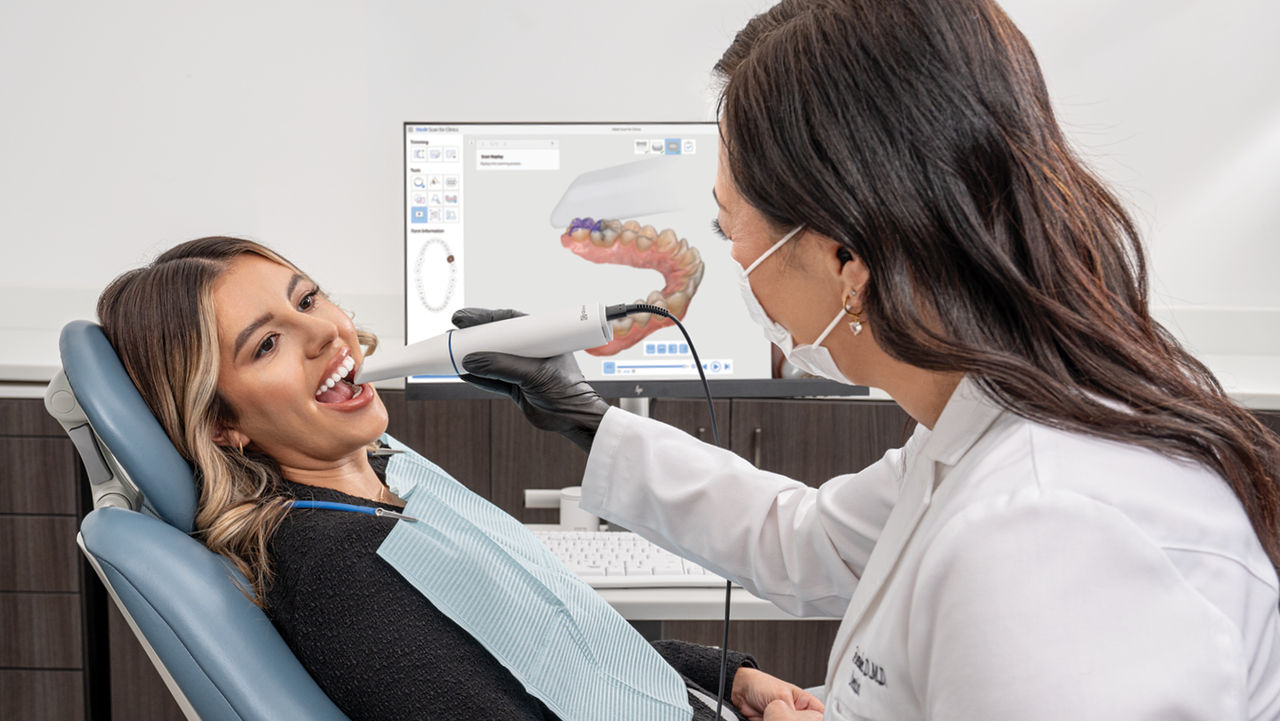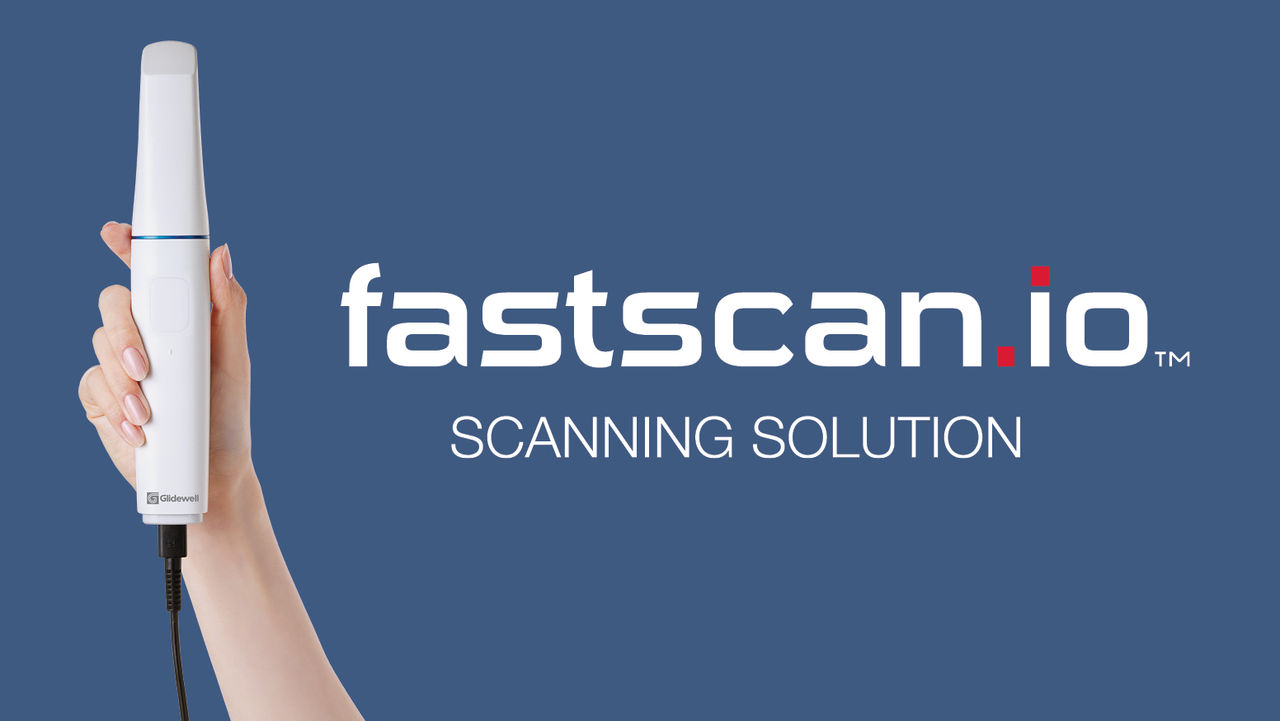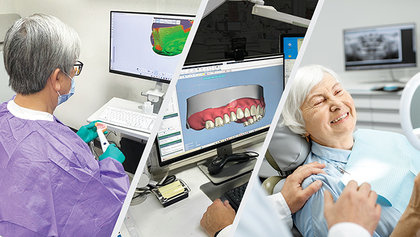In conclusion, integrating an intraoral scanner into every dental appointment not only optimizes the treatment process but also enhances overall patient satisfaction and practice efficiency. From increasing case acceptance by helping patients visualize potential outcomes, to improving the accuracy and quality of dental restorations, the benefits are substantial. Additionally, the convenience and comfort provided to patients, combined with the cost savings and increased efficiency for the practice, make the investment in this technology a wise decision. The continuous use of intraoral scanners promotes a modern, efficient, and patient-friendly dental practice, ensuring that both the dental team and their patients are part of a more dynamic and successful healthcare journey. This is why intraoral scans have become standard procedure in all dental appointments to leverage these compelling advantages.
*Data is based on 28,000 BruxZir® model-free single crowns manufactured digitally by Glidewell from January 1, 2014 to October 31, 2014.








